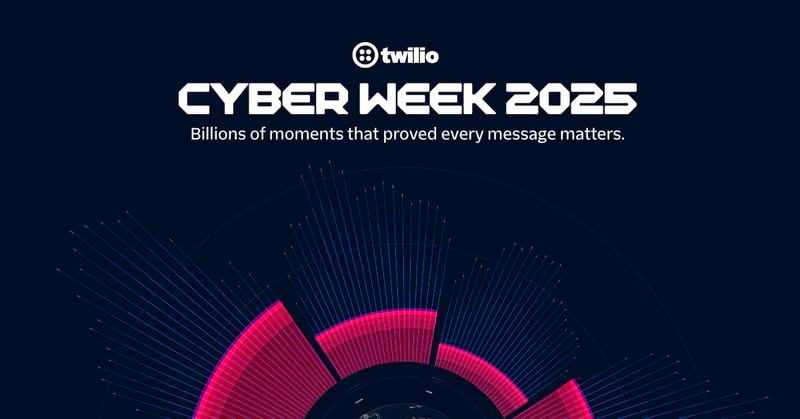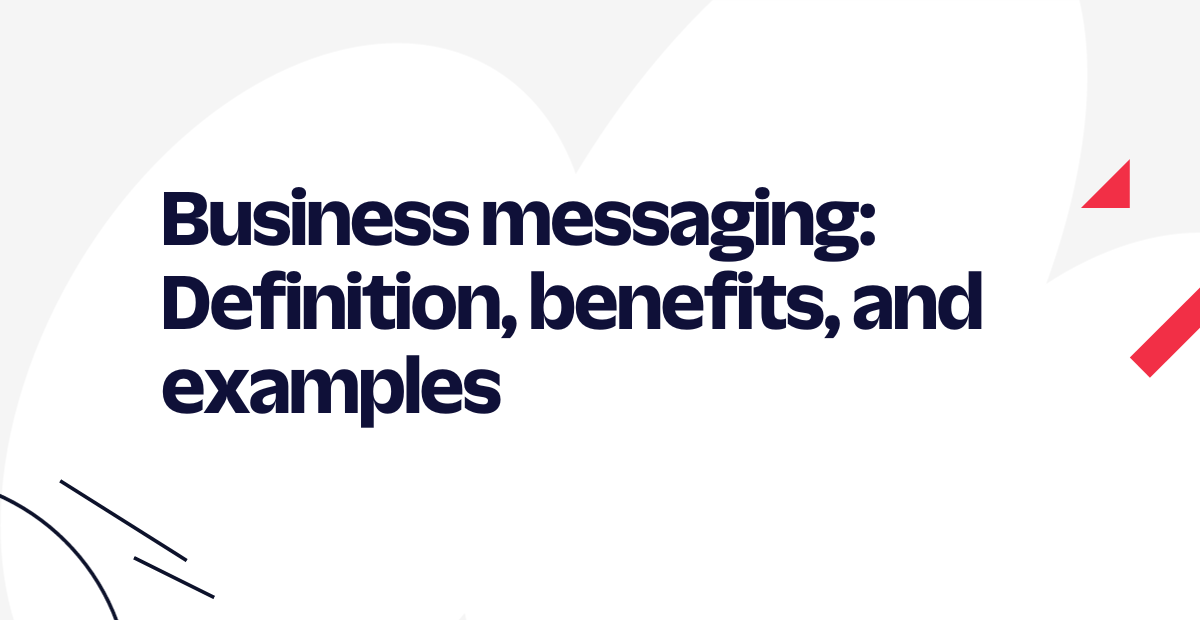Broken Trust, Broken Journeys: The CX Failures BFSI Can’t Ignore
Time to read:
Trust is hard to earn, and easy to lose. Especially in Asia, where customers are mobile-first, channel-savvy, and quick to switch if things go wrong.
Across the region, 82 per cent of customers expect instant replies. 72 per cent prefer digital banking over branches. WhatsApp is a top channel, but most CX stacks still can’t connect the dots between chat, email, voice, or apps. The result? Friction, drop-offs, and silence where there should be support.
It gets worse when fraud enters the picture. Asia Pacific (APAC) saw a 121 per cent spike in identity fraud in 2024 alone, and too many security tools still treat protection and personalisation as a trade-off. In a region built on cross-border flows, high regulation, and rising expectations, legacy CX can’t keep up.
Today, we’ll unpack the trust gap in banking, insurance and financial services (BFSI). From missed opt-in and opt-out messages, clunky support and rising fraud risk, to show how leading banks and insurers are rebuilding CX that’s real-time, seamless, and secure.
Because when journeys break, trust does too.
CX can’t keep up with customer expectations
The bar for the customer experience has never been higher in Asia. BFSI customers expect quick replies, personalised service, and human support that actually solves their issues. But for many banks and insurers, the reality is long queues, repeated questions, and agents stuck searching across systems for information instead of solving problems.
Voice, chat, email and app tools often run in silos, making it hard for teams to deliver the seamless journeys customers expect. When someone switches channels mid-journey, context often disappears, and their confidence in the business takes a hit.
At the same time, frontline teams are flying blind. Without real-time data on customer sentiment or performance trends, it’s easy to miss the warning signs of churn. Valuable insights are buried in call logs or scattered across tools, and by the time anyone can connect the dots, the customer is already gone.
Smarter support isn’t just about speed. It’s about making every interaction feel more human. To do that, BFSI teams need tools that bring together the right context, at the right moment, so that every message, call or chat builds trust rather than burns it. Creating intelligent customer experiences that are fast, personal and scalable.
Security shouldn’t slow your builders down
In a region where fraud is rising fast and compliance rules change often, security can’t be an afterthought. But for many BFSI teams in Asia, outdated 2FA and legacy systems are still doing the heavy lifting, leaving real gaps across the customer journey.
Static defences aren’t built for today’s threats. They struggle to keep up with evolving fraud tactics, and often can’t adapt to shifting regulatory requirements at scale, or across countries. The result? More false positives, more manual reviews, and more customer drop-off at the worst possible moments.
Rigid security layers and awkward handoffs frustrate customers when they’re trying to open an account, complete a payment, or verify their identity. And when trust is already fragile, even one blocked transaction or missed alert can do lasting damage.
Security shouldn’t force trade-offs between protection and experience. It should make both better. That means using smarter tools that verify faster, adapt in real time, and work across channels, without adding friction or complexity.
To do that, you need a trusted platform that’s built to scale without compromising security. One that secures and streamlines every interaction, from onboarding and login to payments and account management, while keeping your teams (and your customers) one step ahead.
Every customer touchpoint is a building block for trust
Customers in Asia don’t think in channels. They just want to be heard and helped, wherever they are. But when banks and insurers rely on a single mode of communication, like email or SMS, that’s when things fall through the cracks.
Messages get delayed. OTPs expire. Support feels disconnected. And in moments that matter, trust starts to slip. Without orchestration across channels like WhatsApp, voice, and in-app chat, conversations lose context fast. Customers are forced to repeat themselves. Agents are left guessing. And every new interaction feels like they’re starting from scratch. It’s not just frustrating. It’s impersonal. And it’s costly.
Without visibility into delivery, timing, or outcomes, there’s no way to know if a message was received, let alone acted on. That makes it harder to build confidence, solve issues, or even personalise a particular customer’s journey.
Ultimately, real trust comes from being consistent. That means showing up on the right channel at the right time, with the full picture in view. When every touchpoint works together, you’re not just sending a message. You’re building a relationship, one that’s working seamlessly in real-time to turn chaos into genuine, human conversations.
Don’t let trust slip through the cracks
You won’t always see it in the metrics, but broken trust leaves a mark. Sometimes it starts with a missed alert, a clunky login, or a conversation that goes nowhere. But over time, those moments add up, and customers move on.
Today’s customers expect more. They want seamless, secure, real-time experiences that work the first time, every time. And they want it on their terms, whether that’s over WhatsApp, voice, email, or in-app. To keep up, banks and insurers need to move beyond patchwork systems. It’s time to rebuild CX on a platform designed for trust, personalisation, and scale.
Twilio helps leading financial institutions across Asia connect every interaction, secure every step, and deliver support that feels human, even at enterprise scale.
Want to learn how? Reach out to the Twilio team today, and learn how the most trusted BFSI brands are rethinking customer engagement, one touchpoint at a time.
Related Posts
Related Resources
Twilio Docs
From APIs to SDKs to sample apps
API reference documentation, SDKs, helper libraries, quickstarts, and tutorials for your language and platform.
Resource Center
The latest ebooks, industry reports, and webinars
Learn from customer engagement experts to improve your own communication.
Ahoy
Twilio's developer community hub
Best practices, code samples, and inspiration to build communications and digital engagement experiences.


